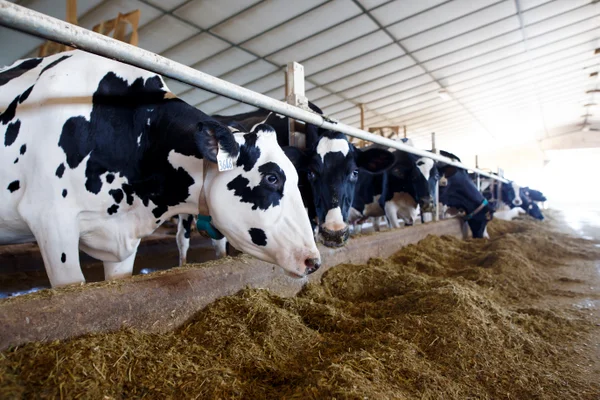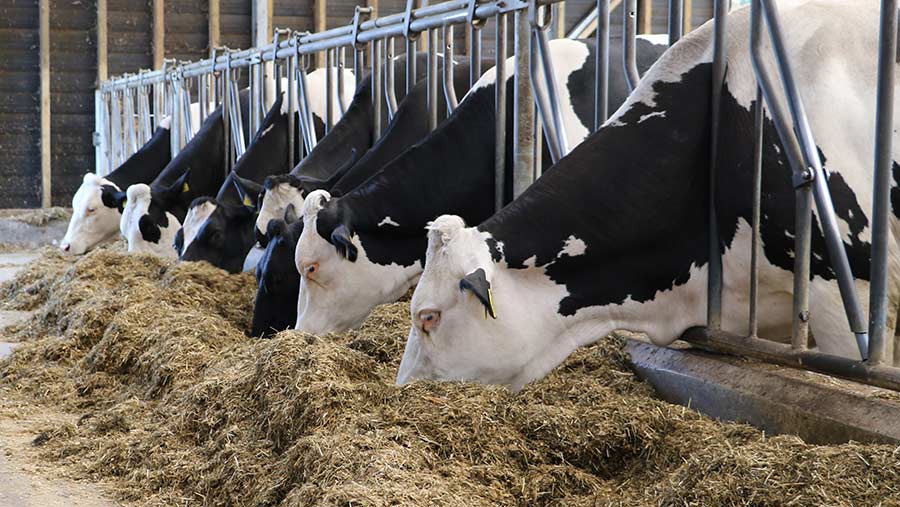For centuries, animal breeding relied primarily on natural methods, most notably through bull services. This involves selecting bulls with desirable traits and allowing them to naturally breed with cows. The primary benefit of this approach is its simplicity and low cost. Farmers can operate without specialized equipment or extensive scientific knowledge. This method also preserves and leverages the natural mating instincts of the animals. However, natural breeding is slow, relying on the animals’ natural reproductive cycles, which can mean only one offspring per year for many species. The lack of direct control over genetic pairing also limits the speed of improvement. Additionally, relying heavily on a few high-value bulls can increase the risk of inbreeding and the reduction of genetic diversity in herds, making them more vulnerable to diseases.
Advanced Breeding: Precision and Speed
In contrast, advanced breeding technologies like embryo transfer (ET) and CRISPR gene editing offer unprecedented precision and efficiency. Embryo transfer involves artificially inseminating a donor female with superior genetics, collecting fertilized embryos, and transferring them to recipient females to carry to term. This dramatically increases the speed at which desired traits are propagated, as one donor female can produce many offspring. CRISPR, a gene-editing tool, allows scientists to make incredibly precise changes to an animal’s DNA. It carries the potential to accelerate the elimination of undesirable characteristics or introduce new beneficial ones, addressing specific issues faster than natural breeding could. Choosing the right Cow Breeding Strategies is essential here.
Advantages of Advanced Techniques
The advantages of ET and CRISPR are numerous. ET allows for rapid multiplication of genetically superior animals, vastly accelerating genetic gains in a herd. It reduces the risk of disease transfer, as the embryos can be screened for diseases. CRISPR provides the potential to permanently remove genetic defects or improve specific traits, like disease resistance or milk production, with incredible precision and speed. These technologies also enable greater flexibility in breeding programs, including the ability to use genetic material from animals who may not be able to breed naturally.

Challenges and Ethical Considerations
Despite the benefits, advanced breeding methods also present significant challenges. They require sophisticated equipment, trained personnel, and significant financial investment, making them inaccessible for many small-scale farmers. The high cost can contribute to the consolidation of resources in the hands of a few, potentially marginalizing those who rely on traditional methods. Furthermore, the use of CRISPR raises ethical questions about our level of intervention in nature and the potential for unintended consequences. Concerns about the welfare of animals undergoing manipulations and the long-term effects of edited genes on the ecosystem also exist.
Balancing Tradition and Innovation
The comparison of traditional and modern breeding methods is not an either-or scenario. Natural breeding systems, with their simplicity and reliance on natural processes, still hold value in maintaining genetic diversity and resilience. Meanwhile, advanced technologies like embryo transfer and CRISPR provide incredible tools to address specific challenges and accelerate genetic progress. Ideally, a balanced approach that leverages the strengths of both natural and advanced breeding methods, while carefully considering the ethical implications, will be key to the future of responsible and sustainable animal breeding.
Related posts
Recent Posts
Advertisement


